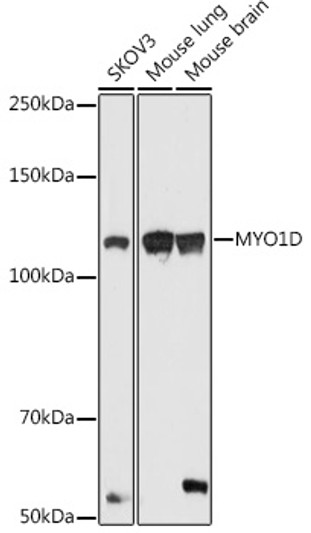| Tissue Specificity | Highly expressed in brain and heart and at lower levels in placenta. Fair expression in lung, liver and kidney. Detected in brain, heart, kidney, lung and liver (at protein level). Isoform 5: Highly expressed in hippocampus and colon. Expressed in pediatric astrocytomas and the protein has a decreased RNA-editing activity. The decrease in RNA editing correlates with the grade of malignancy of the tumors, with the high grade tumors showing lower editing is seen. |
| Function | Catalyzes the hydrolytic deamination of adenosine to inosine in double-stranded RNA (dsRNA) referred to as A-to-I RNA editing. This may affect gene expression and function in a number of ways that include mRNA translation by changing codons and hence the amino acid sequence of proteins.pre-mRNA splicing by altering splice site recognition sequences.RNA stability by changing sequences involved in nuclease recognition.genetic stability in the case of RNA virus genomes by changing sequences during viral RNA replication.and RNA structure-dependent activities such as microRNA production or targeting or protein-RNA interactions. Can edit both viral and cellular RNAs and can edit RNAs at multiple sites (hyper-editing) or at specific sites (site-specific editing). Its cellular RNA substrates include: bladder cancer-associated protein (BLCAP), neurotransmitter receptors for glutamate (GRIA2 and GRIK2) and serotonin (HTR2C), GABA receptor (GABRA3) and potassium voltage-gated channel (KCNA1). Site-specific RNA editing of transcripts encoding these proteins results in amino acid substitutions which consequently alter their functional activities. Edits GRIA2 at both the Q/R and R/G sites efficiently but converts the adenosine in hotspot1 much less efficiently. Can exert a proviral effect towards human immunodeficiency virus type 1 (HIV-1) and enhances its replication via both an editing-dependent and editing-independent mechanism. The former involves editing of adenosines in the 5'UTR while the latter occurs via suppression of EIF2AK2/PKR activation and function. Can inhibit cell proliferation and migration and can stimulate exocytosis. Isoform 1: Has a lower catalytic activity than isoform 2. Isoform 2: Has a higher catalytic activity than isoform 1. |
| Protein Name | Double-Stranded Rna-Specific Editase 1Rna-Editing Deaminase 1Rna-Editing Enzyme 1Dsrna Adenosine Deaminase |
| Database Links | Reactome: R-HSA-75102Reactome: R-HSA-77042 |
| Cellular Localisation | NucleusNucleolusShuttles Between Nucleoli And The NucleoplasmIsoform 1: NucleusIsoform 2: Nucleus |
| Alternative Antibody Names | Anti-Double-Stranded Rna-Specific Editase 1 antibodyAnti-Rna-Editing Deaminase 1 antibodyAnti-Rna-Editing Enzyme 1 antibodyAnti-Dsrna Adenosine Deaminase antibodyAnti-ADARB1 antibodyAnti-ADAR2 antibodyAnti-DRADA2 antibodyAnti-RED1 antibody |
Information sourced from Uniprot.org









